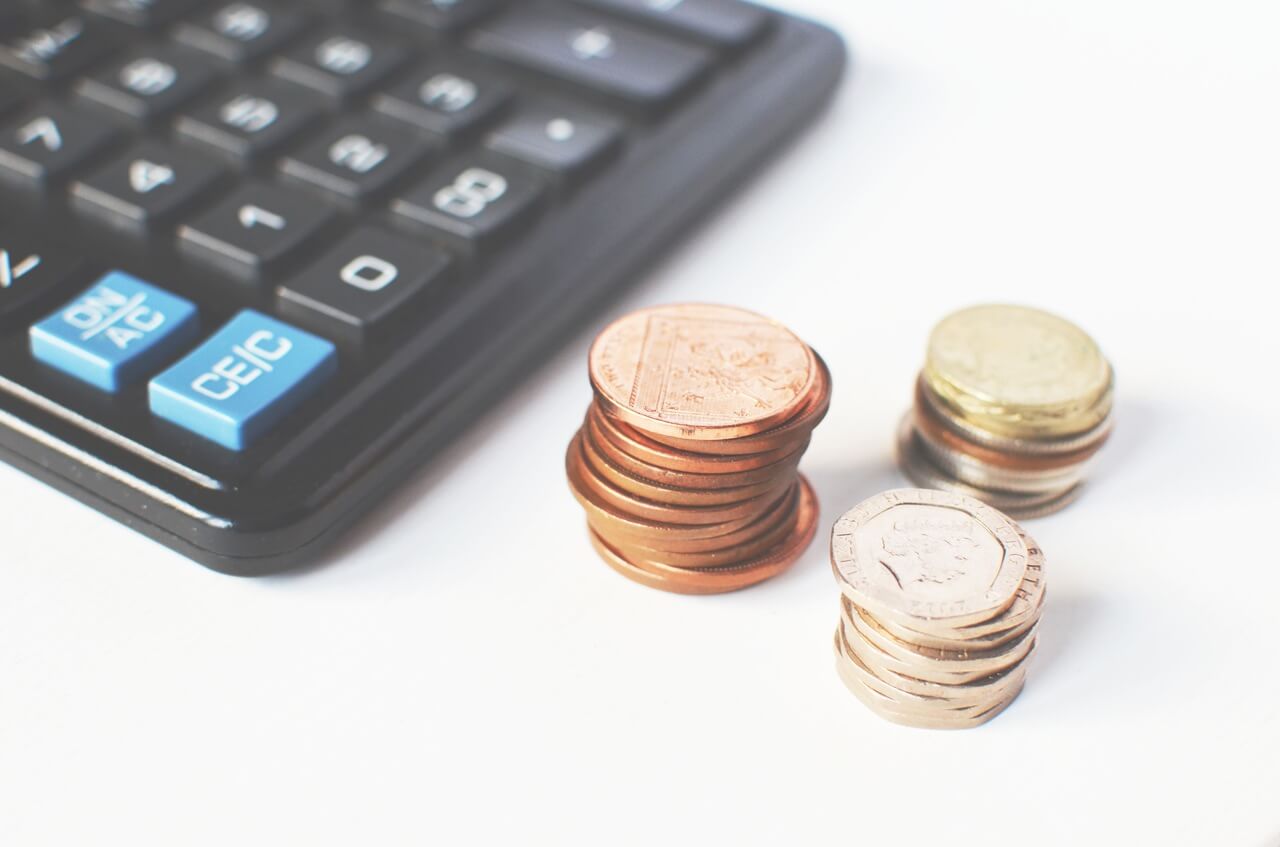How to use compounding to grow your money fast
Sometimes saving is more important than spectacular investment returns
Advertisement
Sometimes saving is more important than spectacular investment returns
 If you’re like most of us, you probably wish you could have a lot more money with a lot less effort. Luckily, there’s a simple way to accomplish this if you’re willing to learn how to put your money to work for you. It’s called compound interest, which is calculated on your initial principal and also on the accumulated interest of previous periods. It’s this “interest paid on interest” that causes the snowball affect—or compounding—that rapidly grows your wealth.
To take maximum advantage of compounding, just follow these three easy, wealth-building rules.
If you’re like most of us, you probably wish you could have a lot more money with a lot less effort. Luckily, there’s a simple way to accomplish this if you’re willing to learn how to put your money to work for you. It’s called compound interest, which is calculated on your initial principal and also on the accumulated interest of previous periods. It’s this “interest paid on interest” that causes the snowball affect—or compounding—that rapidly grows your wealth.
To take maximum advantage of compounding, just follow these three easy, wealth-building rules.
Share this article Share on Facebook Share on Twitter Share on Linkedin Share on Reddit Share on Email